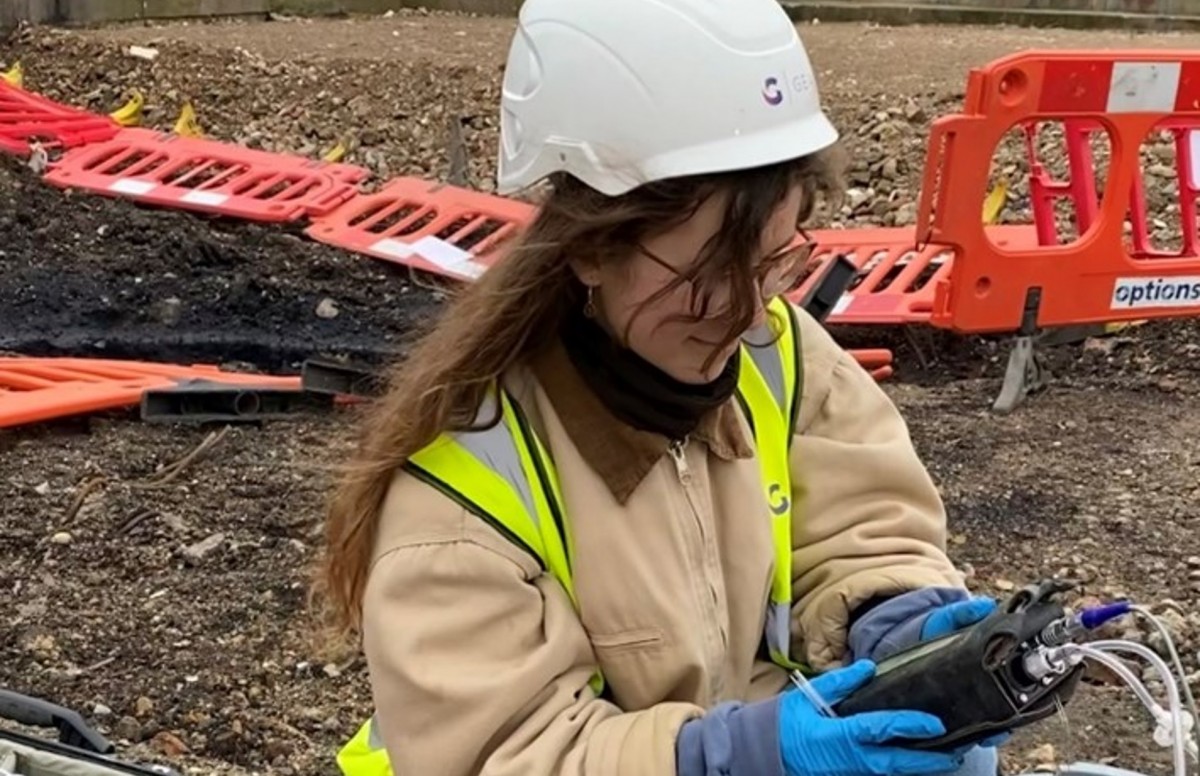Exactly How Consulting Civil Engineering Firms Contribute to Effective Task Monitoring and Design Implementation
Consulting civil engineering companies are important to the success of building and construction projects, merging technological effectiveness with tactical oversight. By focusing on design optimization and risk mitigation, these firms ensure that jobs are not just viable however also lasting and cost-efficient.
Duty of Civil Engineers
Recognizing the duty of civil designers is important for the effective administration of construction jobs. Civil engineers act as the backbone of framework growth, guaranteeing that projects are created and performed to satisfy sustainability, safety, and functionality criteria. Their knowledge incorporates various facets of engineering, consisting of structural, environmental, and geotechnical specializeds.
Civil engineers are accountable for performing expediency studies, which analyze the viability of suggested tasks by examining economic, technological, and ecological factors. They create in-depth blueprints and specs, incorporating cutting-edge solutions to maximize products and sources. Throughout the building and construction stage, civil engineers look after the project, working together with architects, stakeholders, and specialists to ensure adherence to develop requirements and governing demands.

Task Preparation Techniques
Reliable job planning methods are vital for ensuring that building jobs are performed efficiently and successfully. Consulting civil engineering companies play a critical duty in this procedure by employing detailed planning approaches that attend to various task phases. Originally, an extensive evaluation of task scope and client demands is performed, permitting the recognition of critical milestones and deliverables.
Moreover, these firms utilize devices such as Gantt graphes and task monitoring software to create detailed timelines, enabling efficient organizing of tasks and resource allowance. This organized approach helps to prepare for potential traffic jams and allot needed sources proactively. Danger administration is an additional key part; companies perform risk evaluations to determine prospective problems that can emerge during the job's lifecycle, applying reduction strategies to reduce disruptions.
Additionally, stakeholder engagement is emphasized throughout the preparation phase. Normal interaction with clients, service providers, and neighborhood authorities makes sure that all events are aligned with job objectives and timelines. By integrating these methods, speaking with civil engineering companies boost the likelihood of task success, making certain adherence to budget plan restraints and regulatory needs while promoting a collective atmosphere.
Layout Optimization Strategies
Style optimization methods are important for boosting the performance and sustainability of civil engineering projects. These techniques involve the methodical assessment of layout parameters to achieve the best feasible end results while lessening expenses and resource use. By making use of advanced computational tools and algorithms, designers can evaluate various design alternatives and choose the most reliable choices based on particular task requirements.
One commonly used method is parametric design, which permits the manipulation of style variables to observe their effect on total job efficiency. This repetitive process brings about cutting-edge services that not just fulfill functional demands but likewise abide by environmental criteria. In addition, methods such look at this now as worth design concentrate on maximizing project elements to maximize value while lowering unneeded costs.
Furthermore, the combination of Building Information Modeling (BIM) promotes better cooperation amongst stakeholders, enabling real-time adjustments and enhancements to styles. This alternative view cultivates a comprehensive understanding of the project, causing educated decision-making. Ultimately, efficient style optimization strategies result in enhanced project timelines, decreased waste, and boosted structural efficiency, contributing to the overall success of civil design endeavors.
Risk Monitoring Methods
Threat management strategies are crucial in ensuring the effective distribution of civil design jobs, as they help recognize, examine, and reduce potential risks that might impact task results. Effective threat monitoring is an organized procedure that entails the identification of threats, examination of their likelihood and impact, and the advancement of approaches to address them.
Consulting civil engineering firms generally use a combination of measurable and qualitative risk evaluation methods (geotechnical engineering companies in south africa). Qualitative techniques, such as conceptualizing sessions and expert interviews, help gather insights on prospective dangers from various stakeholders. Conversely, measurable methods involve analytical evaluation and modeling to determine the probability and possible effect of determined risks
Once risks are assessed, companies implement mitigation methods, which may include risk informative post evasion, transfer, acceptance, or decrease. This could entail revamping job parts to remove dangers or securing insurance policy to counter prospective financial losses. Constant monitoring and review of threats throughout the task lifecycle are additionally vital, enabling timely modifications to run the risk of monitoring approaches as brand-new hazards emerge.
Collaborative Communication Practices
Enhancing project end results via collective interaction practices is crucial for speaking with civil design companies. Effective communication cultivates a culture of transparency and depend on among stakeholders, which is vital for the successful execution of Click Here engineering jobs. By applying structured communication networks, firms can ensure that all celebrations-- customers, contractors, and group members-- are straightened on project timelines, goals, and deliverables.
Normal meetings, both casual and official, help with the exchange of ideas and responses, enabling real-time analytic and decision-making. Using joint tools such as task administration software application motivates documents and tracking of progression, while allowing instantaneous access to important details.
Moreover, active listening and open dialogue are critical elements in a joint setting. By valuing varied perspectives, firms can introduce and adjust layouts that satisfy both technological demands and client assumptions. Furthermore, promoting a team-oriented ambience reduces misunderstandings and boosts the overall high quality of job.

Conclusion
In verdict, seeking advice from civil engineering companies are integral to effective task management and style execution. Ultimately, the proficiency and methods used by seeking advice from civil engineers substantially contribute to achieving task goals while reducing prices and optimizing source application.

In conclusion, seeking advice from civil design firms are important to successful project management and layout application.